According to Dr. Mario Sucerquia, a researcher at the University of Grenoble Alpes, the discovery of these three Earth-sized planets is a groundbreaking moment in the field of astronomy. "This is a first in astronomy, where we have planets that transit around both stars," Dr. Sucerquia said. "The system's compact, cold nature defies conventional theories of planetary formation, which typically predict that planets would be unstable in such a system."
The TOI-2267 system consists of two stars, with the planets orbiting both. The discovery was made possible by the use of advanced telescopes and data analysis techniques. Researchers used the Transiting Exoplanet Survey Satellite (TESS) and the Spitzer Space Telescope to study the system and detect the planets. The planets, which have been designated as TOI-2267 b, c, and d, are all Earth-sized and have masses similar to that of our own planet.
The discovery of these planets has significant implications for our understanding of planetary formation and the conditions necessary for life to exist. "This discovery opens up new possibilities for the formation of planets around binary star systems," said Dr. Sucerquia. "It also raises questions about the stability of these systems and the potential for life to exist on these planets."
The discovery of TOI-2267 b, c, and d is also significant because it challenges our current understanding of planetary formation. According to conventional theories, planets should not be able to form and remain stable in a binary star system, as the gravitational forces from the two stars would disrupt the planet's orbit. However, the discovery of these three Earth-sized planets suggests that there may be other factors at play that allow them to remain stable.
The next step in studying the TOI-2267 system will be to use advanced telescopes, such as the James Webb Space Telescope (JWST), to study the composition and atmosphere of the planets. This will provide valuable insights into the conditions on these planets and whether they could potentially support life.
The discovery of TOI-2267 b, c, and d is a testament to the power of international collaboration and the advancement of astronomical research. The finding has been published in a peer-reviewed journal and is available for the scientific community to review and build upon. As researchers continue to study this system, we may gain a deeper understanding of the conditions necessary for life to exist and the potential for life to exist beyond our own planet.



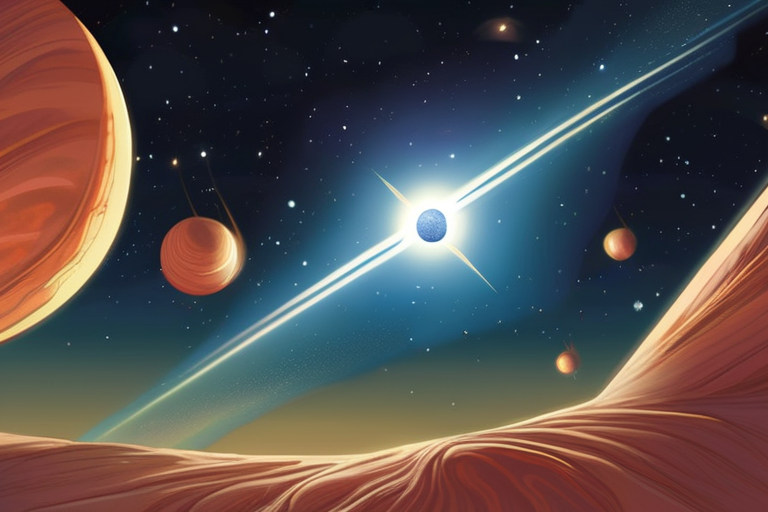
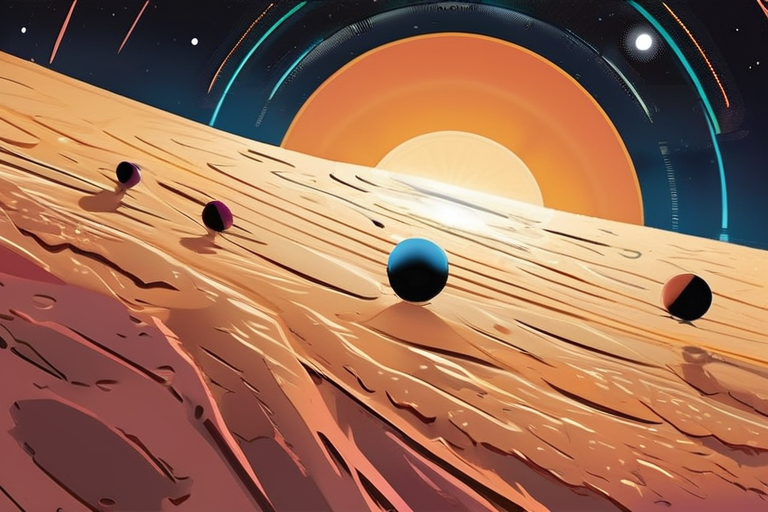



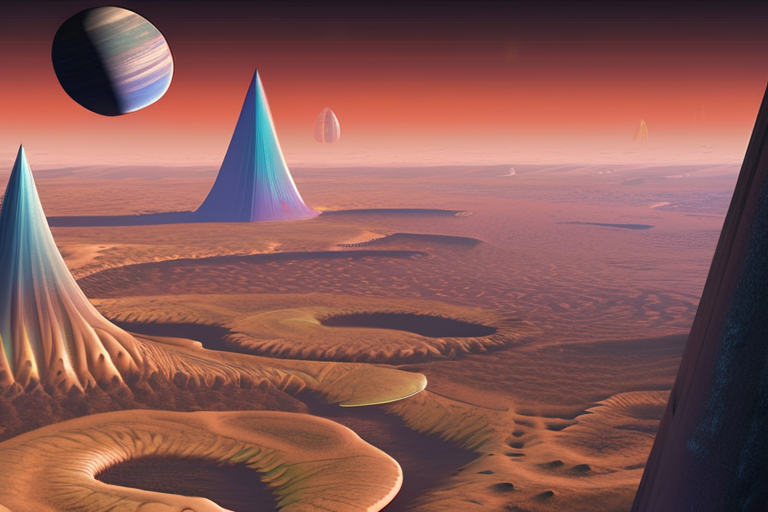
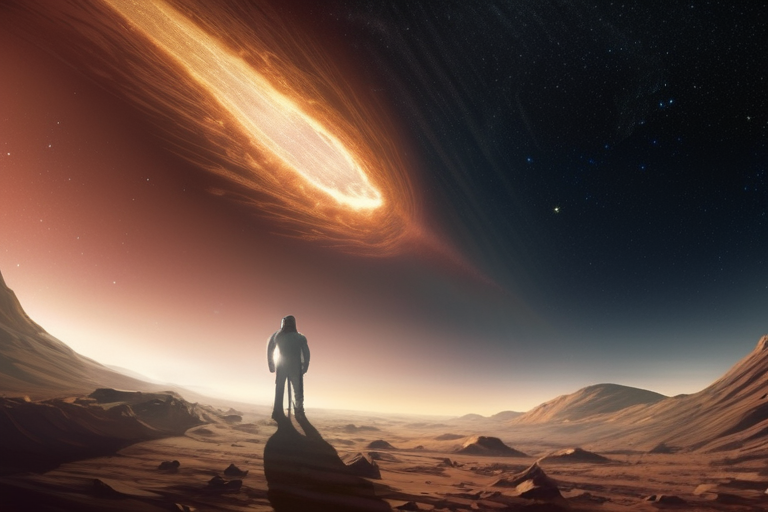
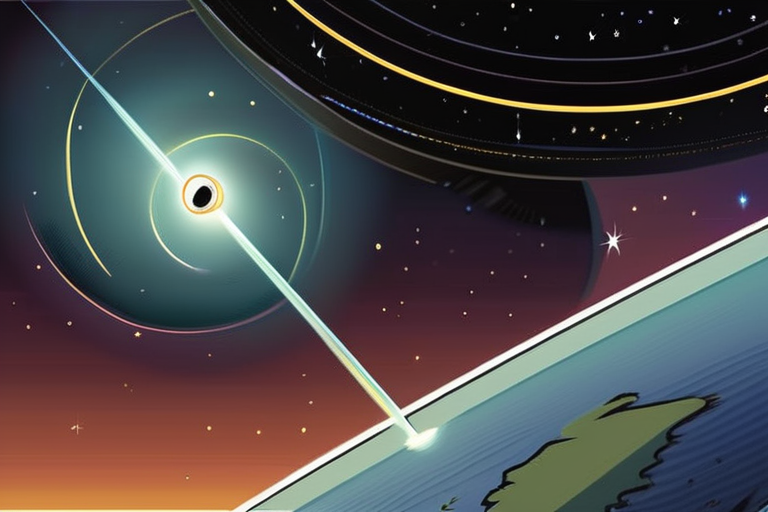
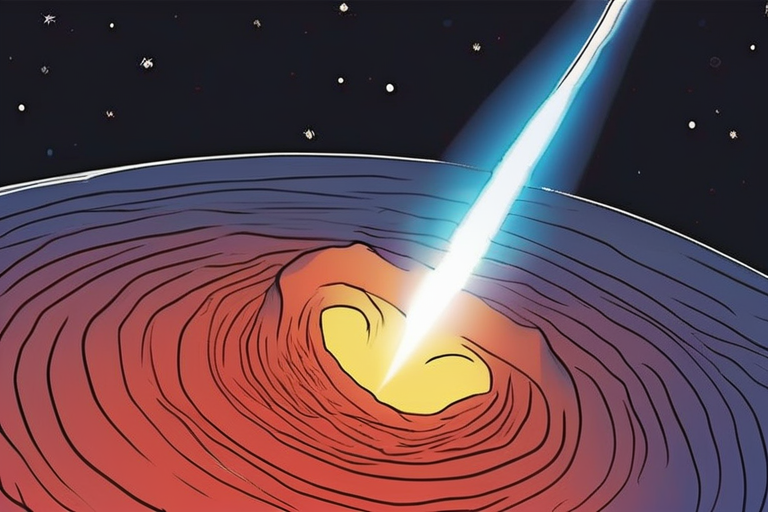

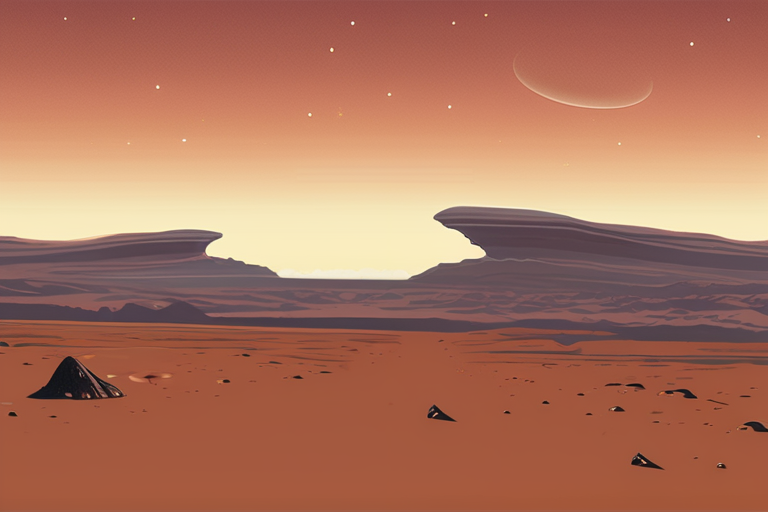
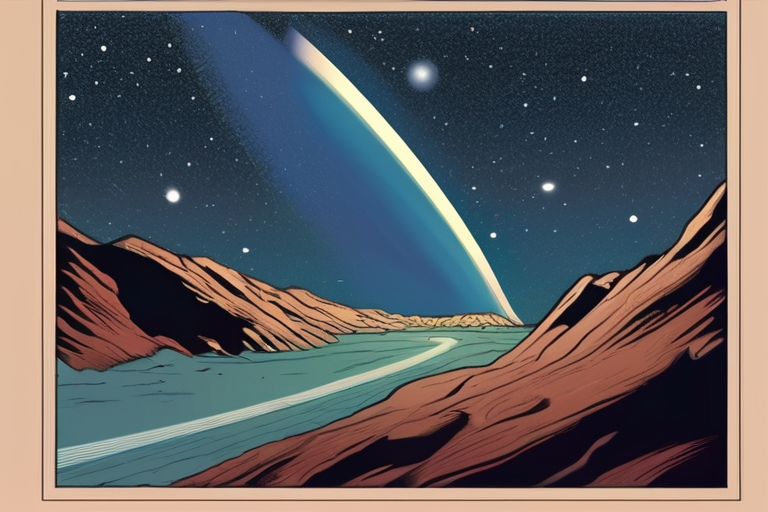
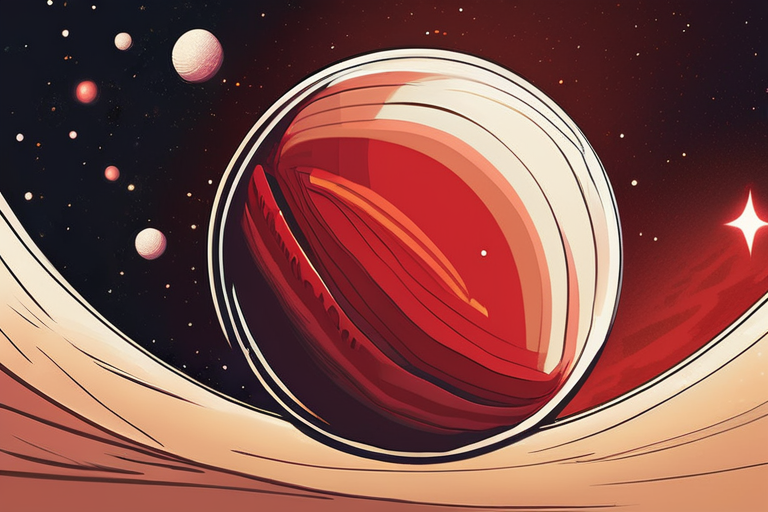


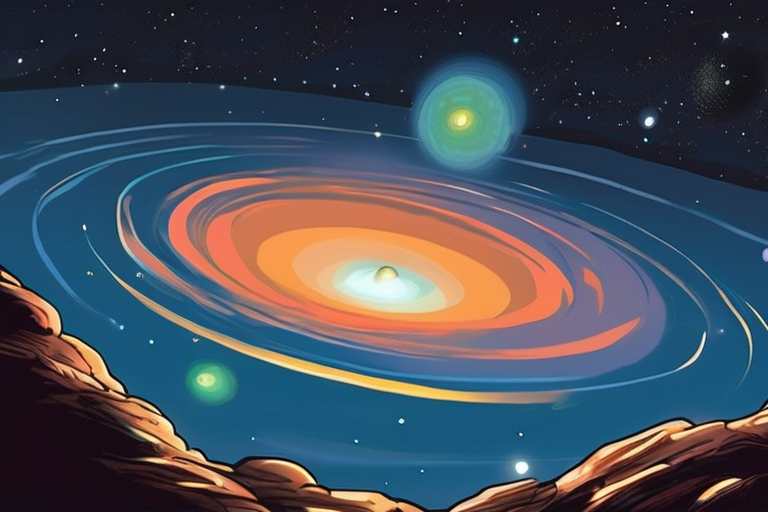
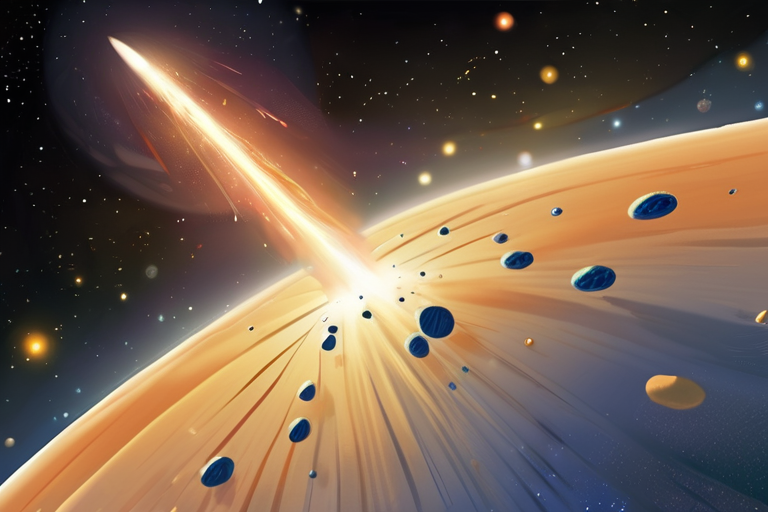
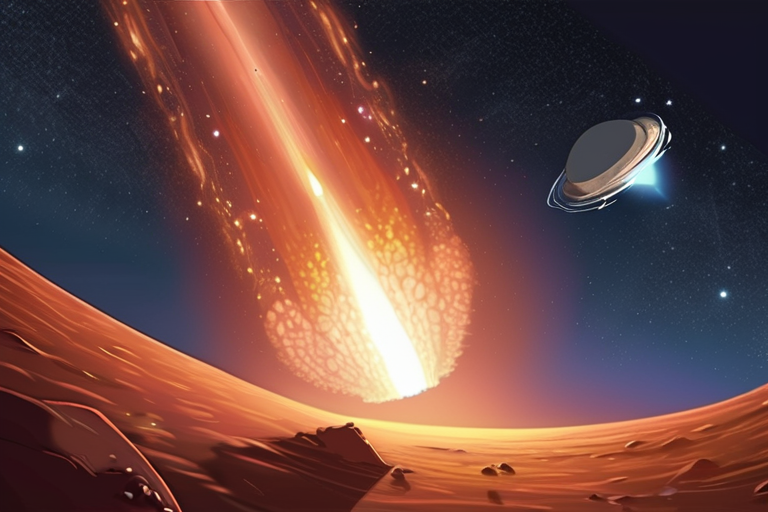

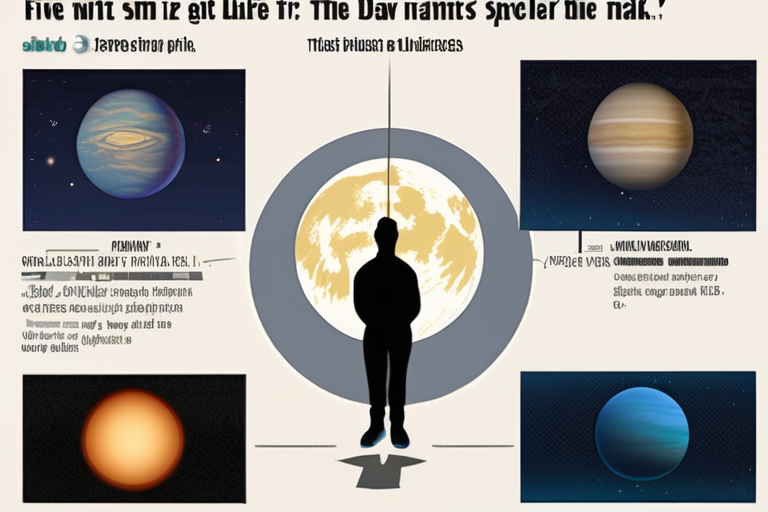


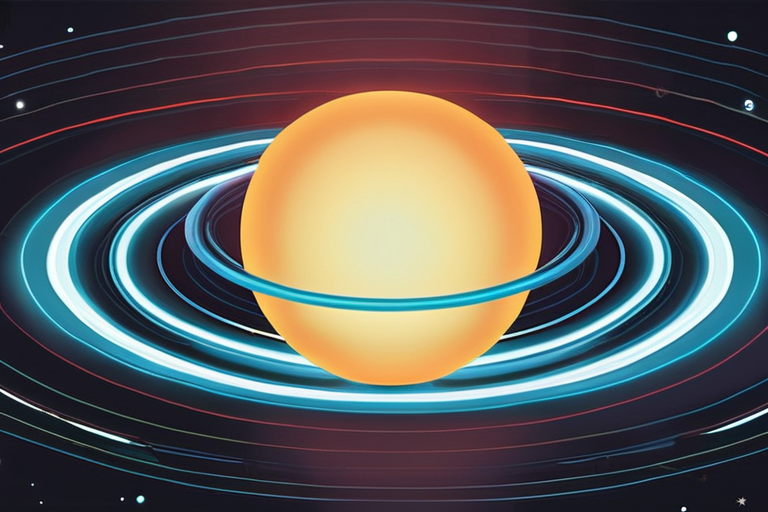
Share & Engage Share
Share this article